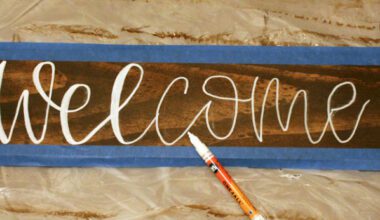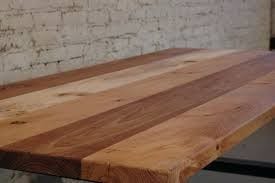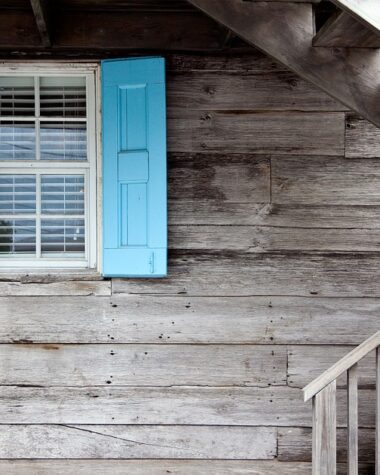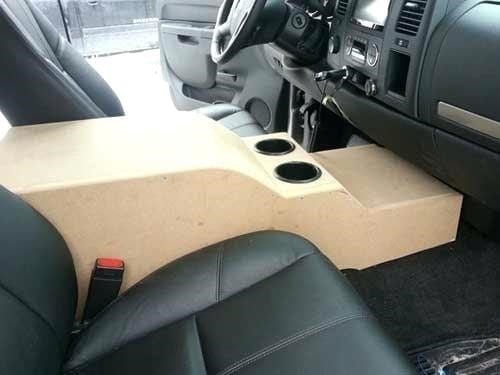A live edge wood slab has not been changed by any tools. The original features like the shape of the bark or tree remain intact in the furniture. The edges are natural and unfinished. You will be able to see the knots, burls, and grain. A live edge wood is special because you will not find two with the same design as the edges are not changed after they are cut down.
Live edge wood is used to make wood arts, bar tops, coffee tables, countertops, dining tables, headboards, benches, chopping boards, desks, kitchen islands, end tables, etc. It looks beautiful and gives a rustic vibe to any place. Live edge wood is an excellent choice for any place going for a mid-century appearance. Carpenters and house decorators have a preference for live edge wood while planning and making wooden products. Though a live edge wood would not look finished and straight, you must still know how to finish live edge wood. To make your project long-lasting, you have to cure, sand, and seal the live wood.
Things you’ll need
- Rounded Chisel
- Wire brush / Nylon brush
- Sandpaper (80 grit to 320 grit)
- 2000 grit sanding pad (optional)
- Portable belt sander (optional)
- Clear epoxy
- Butterfly keys
- Marking knife/router
- Two-part slow setting epoxy
- Additive/Dye (optional)
- Propane torch (optional)
- Masking tape/Plumber’s putty (optional)
- Polyurethane/Shellac
- Lacquer (optional)
- Shop vacuum
- Foam brush
How to finish live edge wood in easy steps
If you have acquired a live edge wooden slab for your next DIY project, you need to know how to finish live edge wood. The first step will be to give the slab a proper finishing.
Step 1: Debarking the bark and sanding the surface

A bark looks beautiful but it can fall off. It is not easy to maintain a bark. Take the chisel and work in sections to remove the bark. Wedge it under the bark to remove it in sections of 15 to 20 centimeters. Concentrate on working across the edges to keep yourself from gouging the surface. You don’t want to leave any marks. Use a wire brush to remove all the fibers. You can also use a nylon brush. Now you will use the belt sander to sand the whole surface. You can do it by hand-holding sandpaper too. In both cases, you need to start with 120-grit sandpaper, working upwards. Conclude with 220-grit sandpaper. Sanding removes dirt and bark and brings out the original color of the wood slab.
Step 2: Stabilize splits in the wood using butterfly keys

You must strengthen any splits that the wood has and you have to make butterfly keys with that. If you are learning how to finish live edge wood, you might not be aware of butterfly keys. These small wooden blocks are also called dutchman joints or bow-tie joints. The keys should fit the spaces and you have to insert them in the face to bridge all gaps and cracks. First, you have to make a pocket that will fit the key, using a chisel and router. To attach the butterfly keys to the spaces, you have to use clear epoxy. The keys should be flush with the face. After the epoxy has dried, you have to sand the epoxy key to make it smooth.
Step 3: Check for voids and fill them

Tape off the slab’s top. You will need to mix up a slow-setting epoxy (a two-part type) for this step. The color of your finish must match that of the epoxy. See the ultimate color by testing prior to the final application. You might have to tint it with the help of an additive. After tinting, fill up the voids in the slab. The epoxy will slowly ooze through the voids. Try to pour so slowly that no bubbles are created. You will have to use the propane torch to burst the bubbles that rise.
You have to use masking tape or plumber’s putty if there is any hole running through to the slab’s other end. Once you cover the edge having the lower side of the hole, the masking step will not allow the epoxy to leak out.
Remove the tape only after the epoxy has cured completely. The drying time will depend on the brand. It can cure within minutes or it can take an hour.
Step 4: Finishing the slab and sealing it

When the epoxy has fully dried, you have to do two things immediately. The first is sanding the slab for the last time. Second, you have to vacuum the workspace properly. This is to ensure that no stray dust gets trapped in the finishing coat.
If you are not looking for a very glossy but simpler finish, the application of three polyurethane coats is enough. You need the sponge brush for that. After each coat dries, give it a sanding using 500-grit sandpaper and apply the next. After three coats, use mineral spirits to wipe the surface of the slab. Then using the sanding pad (2000-grit), you must wet-sand the slab.
If you are aiming for a glossy finish, you need to use shellac instead of polyurethane. Instead of 500-grit sandpaper, use 400-grit sandpaper to sand after every coat. Spray the piece with lacquer after you are done. Let the finish dry completely before you start using the slab.
Helpful tips
If this is your first experience of learning how to finish live edge wood, we would suggest you buy the slab from a store. This will make your work a little less. You will find it at a store selling woodwork supplies, a lumber store, and even online. It is best though to buy it from a local lumberyard as they will be able to guide you with the right dimensions. Buy slabs that are a minimum of 5.1 centimeters thick. Live edge woodworking can be done on many common types of wood. Compare the different types and select the color. After bringing the slab home, you should ideally wait for a couple of weeks before working on it. This will allow the wood to acclimate to the humidity level of your workspace.







